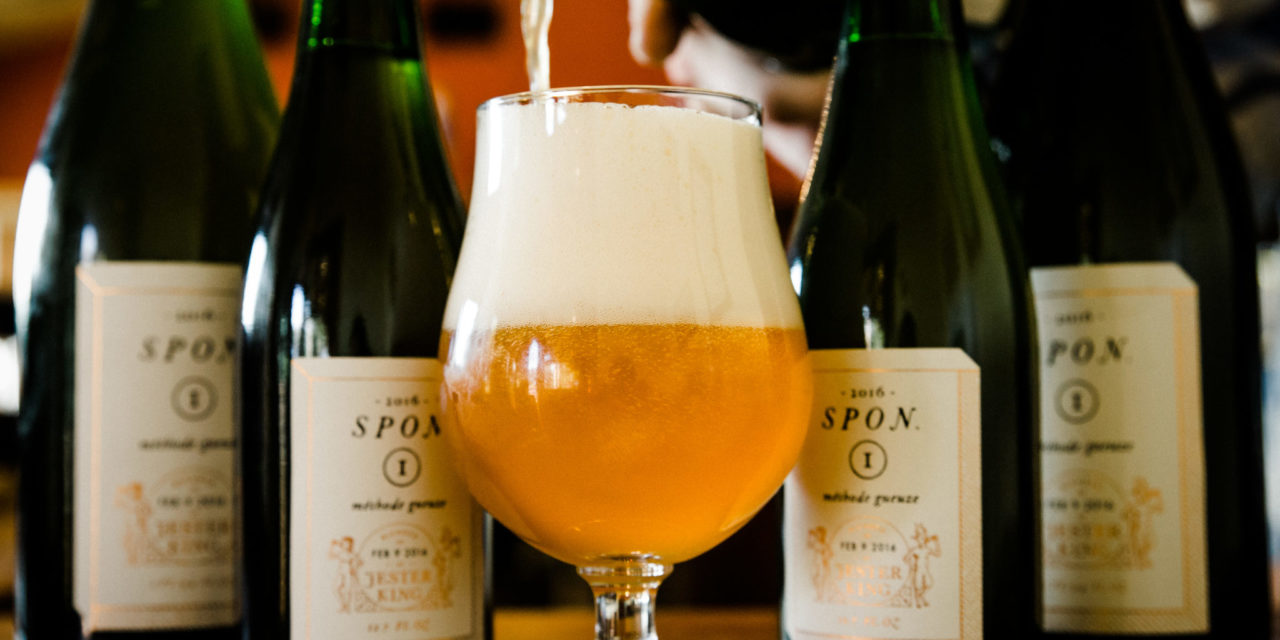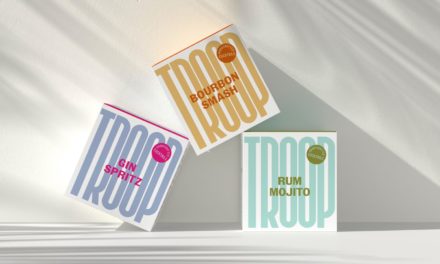Jeffrey Stuffings and his brother, Michael Steffing, founded Jester King Brewery—named after the wise fool in Shakespeare’s King Lear—on a plot of farmland on the outskirts of Austin, Texas, in 2010. The vision was to draw mineral-rich water directly from an underlying aquifer; grow or source the bulk of their ingredients from Central Texas; and employ mixed-culture and spontaneous fermentations, barrel-aging, and blending to produce beers that reflect both the place and the people who made them.
“We respect technology. When I go over to [nearby brewery] Live Oak, I want their Czech Pils to taste the same every time. But I joke that, outside of a hydrometer, we have no technology in our brewery,” Stuffings says. Of course, this isn’t literally the case. It’s just that Jester King employs some very old technology and techniques to craft its modern farmhouse ales.
For example, Jester King is one of a handful of American breweries with a coolship (a shallow, open vessel that invites ambient microbes to inoculate freshly brewed wort as it cools in the night air). One of Stuffing’s favorite techniques is to steep adjunct ingredients, such as foraged flora from the Jester King farm, in the wort as it cools. The wort is then racked into barrels for fermentation and aging, and is eventually blended into a finished, bottle-conditioned beer. The brewery also makes a variety of highly attenuated, hoppy, saison-influenced beers that use mixed-culture fermentation and, often, locally grown fruits and spices.
“The culinary world is a big inspiration of ours,” says Stuffings, who was recently named a semifinalist for a 2019 James Beard award. Jester King has also acquired a large parcel of adjoining land and hired a farm manager. The brothers have planted a vineyard and other crops and are establishing a herd of goats with the intent of starting a creamery. The brewery also recently acquired a pizzeria and has begun to intertwine elements of beermaking—using its mixed-culture yeast to ferment dough, for example—with the cuisine.
“It’s been cool to get our kitchen team thinking in term of beer making and vice versa,” Stuffings says. The intent is to create “a pleasant place for people to come enjoy that confluence between agriculture, beer, and food.”
Stuffings likens Jester King’s business model to that of a small winery. Its beers are produced in very limited quantities and tend to be packaged in large-format bottles, as well as kegs. The brewery realizes a good profit margin, Stuffings says, and sells about 75 percent of its beer onsite. “We’ve also seen our limited-release beers become less impactful as they once were, but fortunately, we’ve also seen more people come out to just drink draft beer,” he says. As a result, Jester King has transitioned its packaging runs from about 75 percent bottles and 25 percent draft to a more even split.
As Jester King continues to grow as a destination and expand on its founding vision, the influence of people and place can only grow. “We can be in this environment, in Central Texas, and we can follow the seasons. But if a different set of people was making the beer, it would taste totally different, because so much of it is our collective palate,” Stuffings says.
Although its techniques make it impossible for Jester King to ever produce the same beer twice, its approach ensures that its expressions will always be singular.










